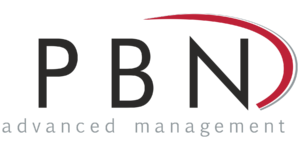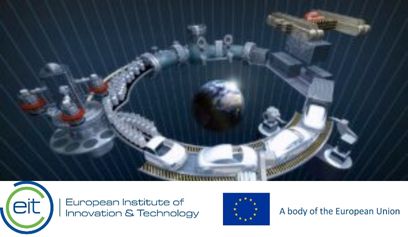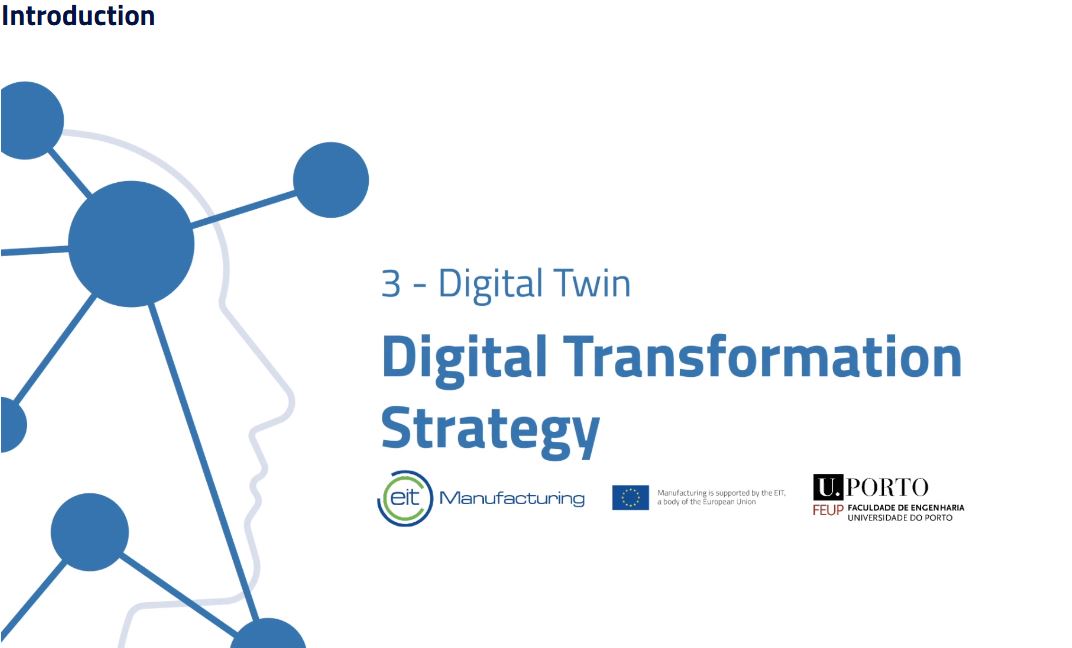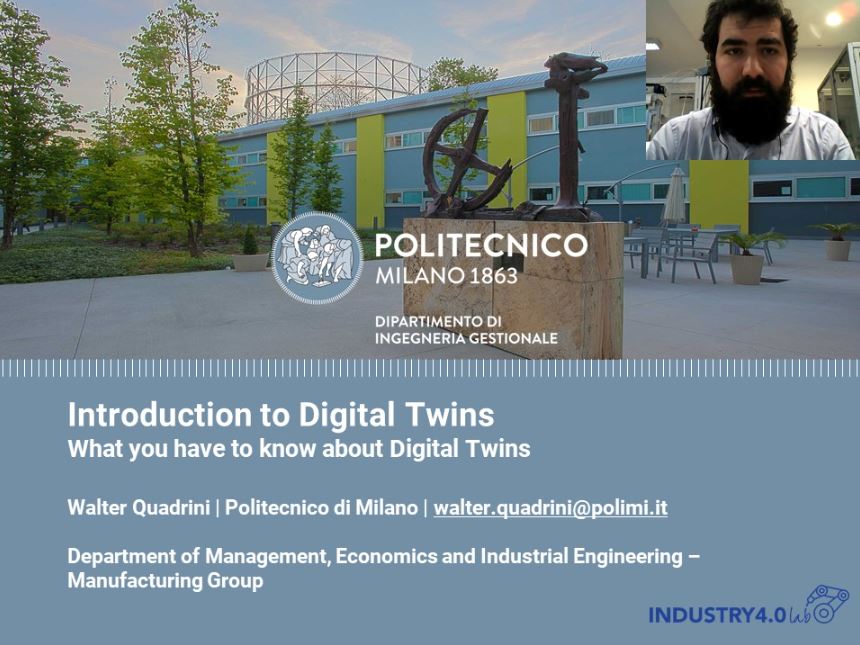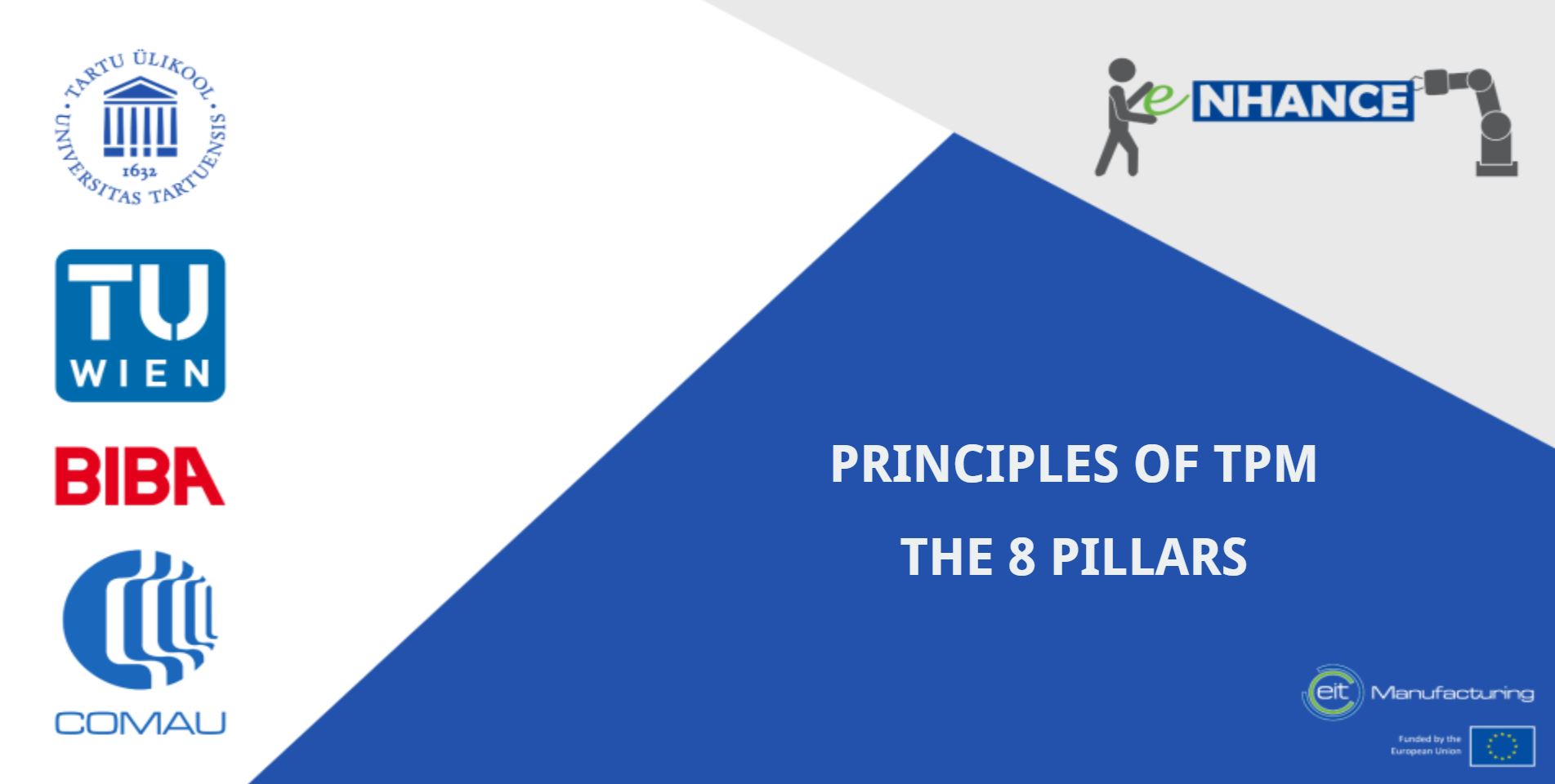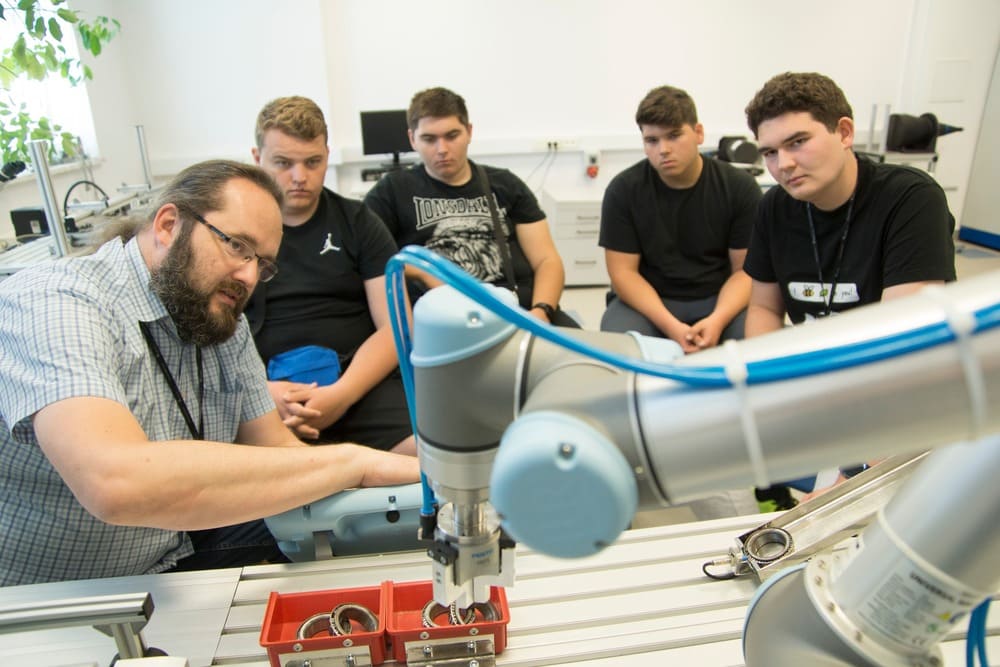Type of course:
Digital learning, Path
Language:
EN
Duration:
1 hour, 25 minutes
Workload:
6 hours
Proficiency:
Beginner
Target:
Professionals
This course is officially recognised and labelled by the European Institute of Innovation and Technology (EIT). EIT Label is a quality mark awarded to programmes demonstrating outstanding innovation, educational excellence and societal impact.
The Learning Path summarises the following topics:
- overview of Teaching and Learning Factory (aka: TLF) concept
- basic connections of remote processes
- example of interconnected TLFs
- description of a fictitious value chain concept between three remote TLFs
This learning path provides comprehensive information about FIWARE, as an open-source software platform, and its core components. The learning path is also describing the Interaction and Communication as well as the data workflow within FIWARE. It will be also detailed how PBN has leveraged FIWARE as a a Framework for Data Collection and Integration. The learning path explores the process of integrating data across the value chain, highlighting the stages of modeling and the resulting optimized data model.
Learning outcomes
- This learning path explores the integration of Teaching Learning Factories (Portugal, Czech Republic, Hungary) as an example of connected industrial processes in a unified value chain. The objective of this architecture is to facilitate data collection, state monitoring, and seamless data sharing between various TLFs and associated systems. Additionally, the learning path delves into the fundamentals of remote process flows, presenting a practical working model to illustrate its application.
- Following the successful completion of the Learning Path, the learner can compare the APIs and protocols of several different TLFs.
- Following the successul completion of the learning path, the learner can recognise different possible problems (e.g: data communication, data processing) and select tools (e.g: IDS, open-source data base) to resolve them.
LessonA Sample Architecture for Connecting Teaching and Learning Factories in a Unified Value Chain
Course Content
LessonConnecting Remote Industrial Processes
Course Content
LessonUnderstanding Value Chains: Analysis and Optimization in Business Operations
Course Content
LessonValue Chain Overview: Monitoring and Maintenance in Manufacturing
Course Content
LessonQuiz: Creating a Hybrid Connection Between TLFs Using APIs to a Common Value Chain
Course Content
Topics
Digital Transformation, Internet of Things (IoT), Programming, Data mining

